|
16 April 2022 Red Mason Bees (Osmia bicornis) are a common resident of Solitary Bee Houses and has been present in my garden for a few years now. This post was left in situ after the children's play area was converted to the vegetable plot. It's right next to a healthy Rosemary bush and also a bench where I often sit to drink coffee and watch the garden. Gradually I became aware of the activity around the empty screw holes and have finally managed to get some reasonable photos. This is a male. Looking at the plush colour and complete wings I think he is newly emerged and initially was warming up in the early sunshine. He continued to hang around and eventually focused on one particular hole. If I was careful I could see another bee inside the hole which I assume is a female he is trying to tempt out and mate with. She was very hesitant, retreating rapidly if I came near with the camera so I left them alone to their fate. Look closely inside the hole and you can just about make out her face in the dark. 17 April 2022 Next day I watched one emerge. It was a slow and steady process of peeking outside the hole, gradually bringing it's body forward and then suddenly it was gone. I'd like to say this was a female but looking at the photos I can't be sure yet (I'm not experienced enough). Seen together, the male is smaller than the female, has longer antennae and white bushy facial hair. The males appear to patrol the post (in between feeding on the Rosemary) dipping to check out each hole to see if a female is inside but without touching. I haven't witnessed a female egg laying yet this year - I suspect the activity is emerging bees at the moment. They are equally quick on the Rosemary - barely landing on the flower before moving onto the next. Almost impossible to photograph with my phone - all the pictures so far just include a blur of ginger! So this is the flower without any bees Gradually I am seeing them feeding on other flowers around the garden but the main focus is still on the Rosemary, possibly because of it's proximity to the post. 18 April 2022 They do not appear to be early risers, instead they wait for the sun to warm up the post . My favourite moment was noticing little antennae peeking out of each hole on the north east face of the post at around 10.15am - 8 bees in total and quite likely all males judging by the shape of the antenna and you can just see the white hairy face. Impossible to photograph them in a way that you could see them all but this photo gives an indication. We have another post in the garden now and I've added some extra holes for this year's nests. I noticed that the bees were only interested in the old holes, so I presume these contain females waiting to emerge. 7 May 2022 If you spot all black bees around your nest boxes, it's likely to be an elderly male. Their colours bleach and they go bald as they get older. This photo is courtesy of Robert who has built houses to attach to his shed from oddments of drilled wood and bamboo canes. Here's a lovely video, including a female reversing into the holes. I need to up my game! Activity around my posts has gone quiet. I see the odd bee on the Rosemary that may be a red mason bee female but none have stayed still long enough to get a photo or even a closer look.
No sign of any Ruby tailed Wasps yet either but thinking about it they tended to appear in June, during Open Studios. I will continue to monitor and update here if anything changes.
0 Comments
Leave a Reply. |
If I had known then what I know now
I would have started this diary years ago If you would like irregular email updates for this blog and/or my studio news, you can sign up here:
Archives
May 2022
Categories
All
|
Louisa Crispin
|
Oak Cottage, Talbot Road,
Hawkhurst Kent TN18 4LU (UK) |
|
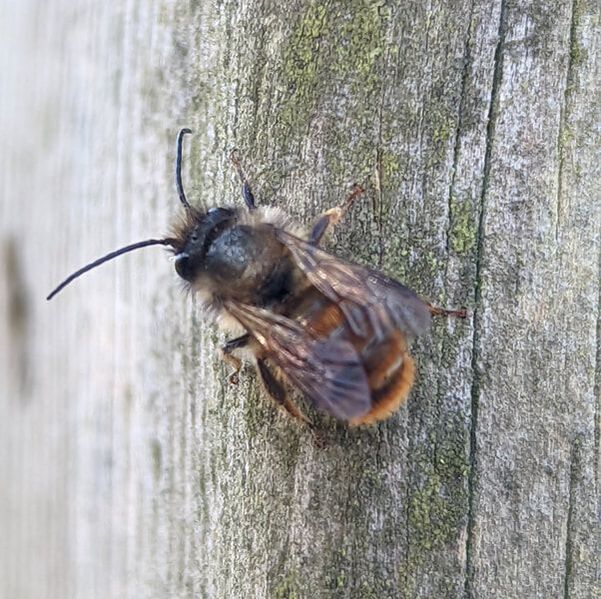
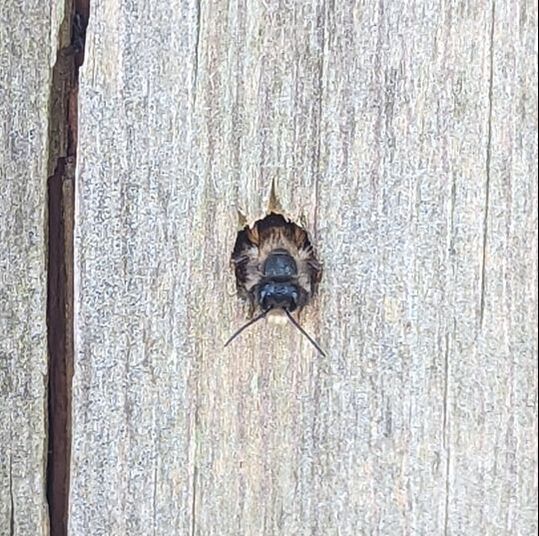
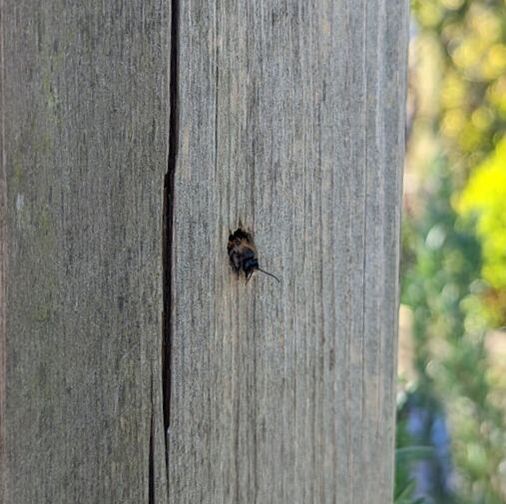
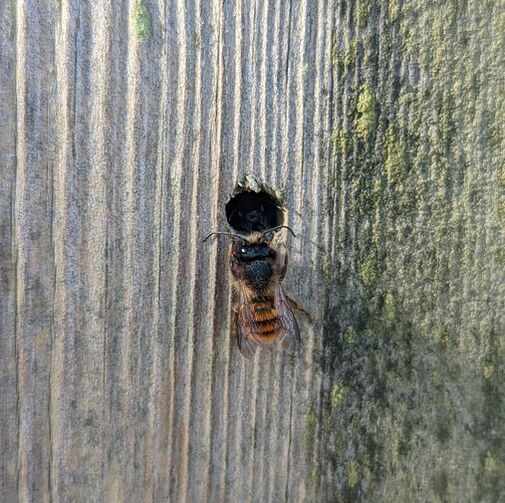
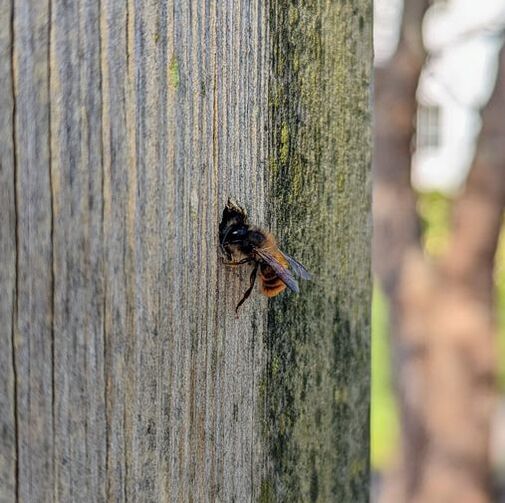
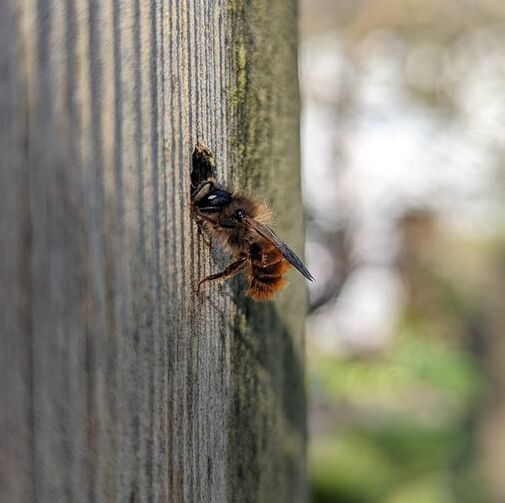
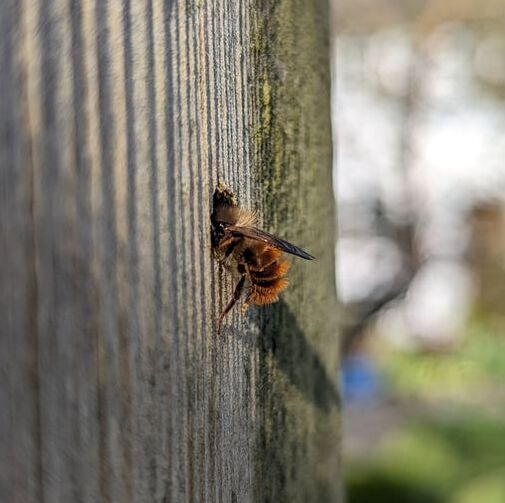

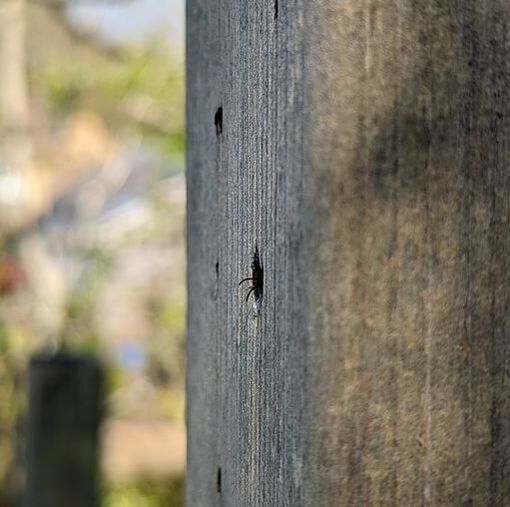
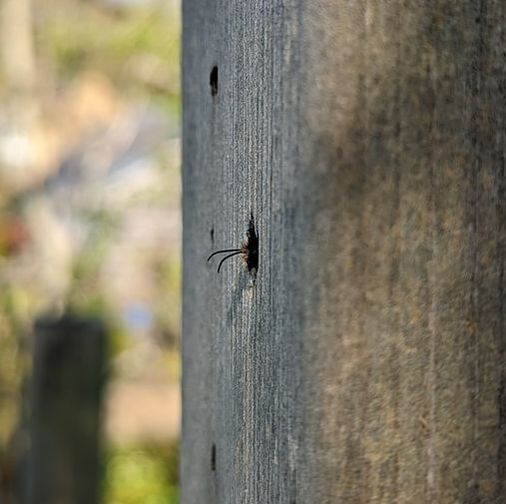
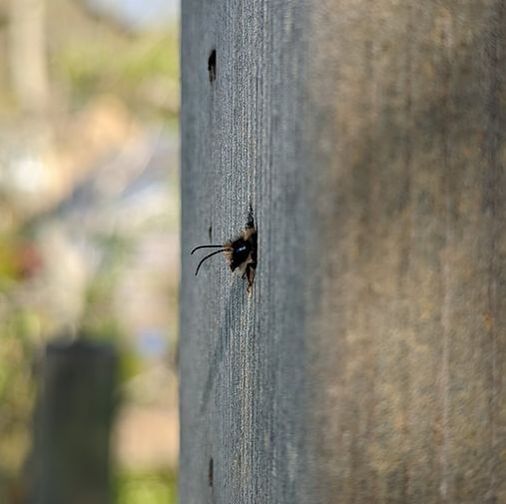
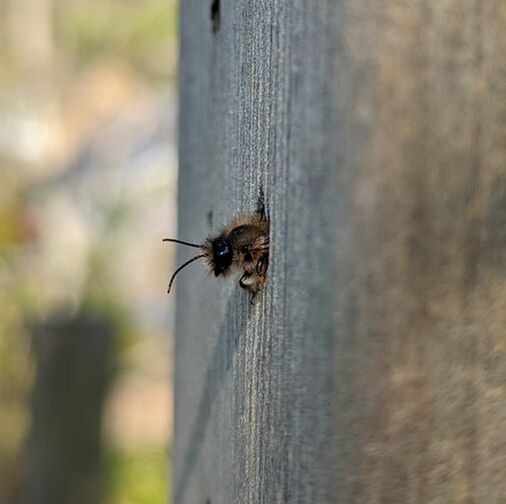
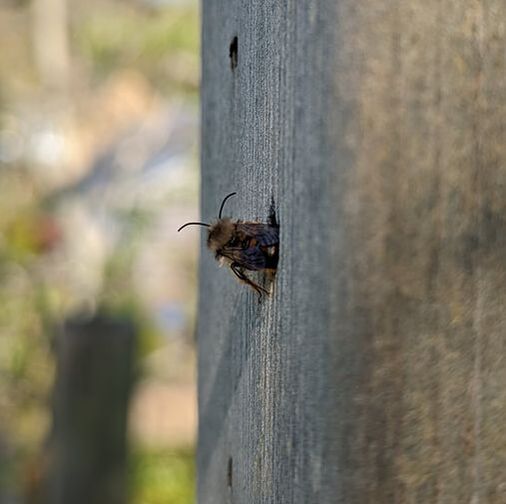
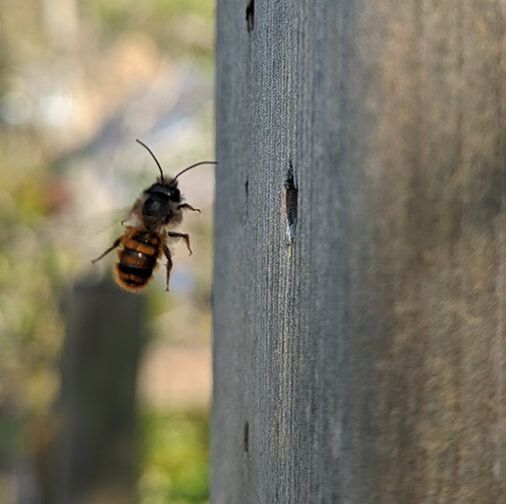
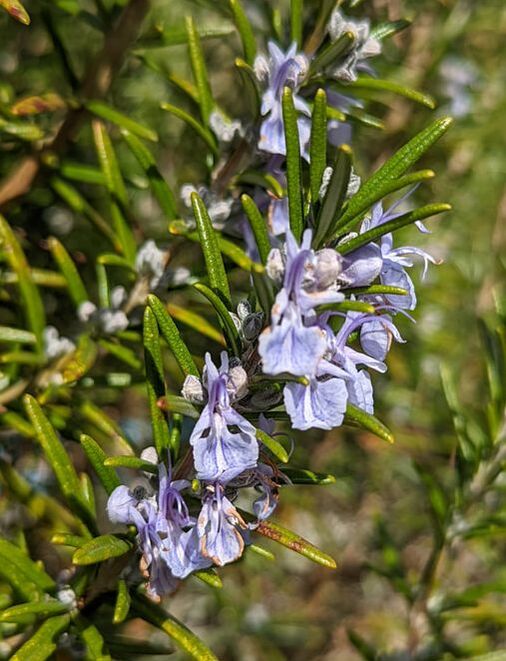
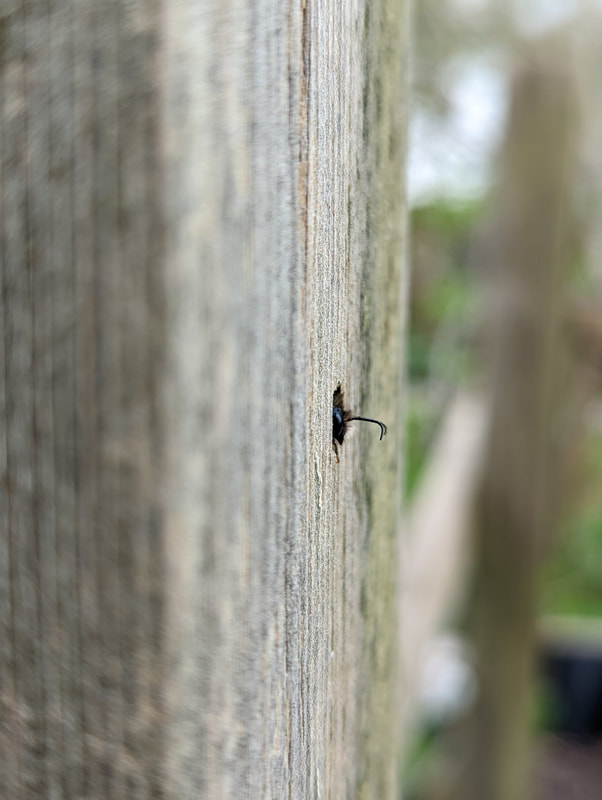
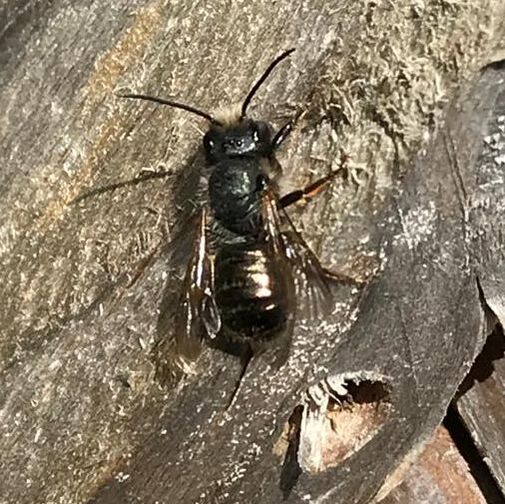
 RSS Feed
RSS Feed




